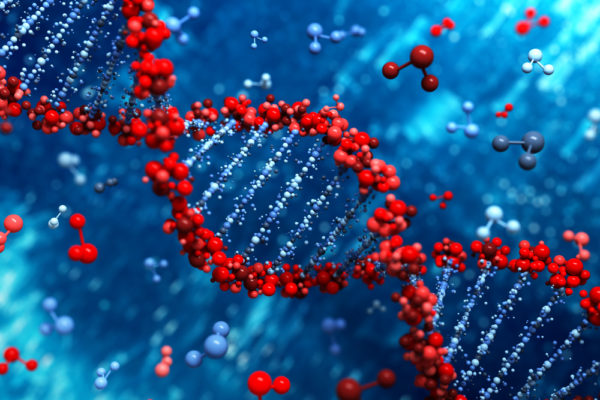
As climate change warms the Arctic, melting ice could release hazardous chemicals and radioactive material dating to the Cold War. Vanishing permafrost could also free viruses and bacteria that have slumbered beneath Arctic ice for tens of thousands of years, a new study shows.
By poring over historical records and past studies on contamination, the researchers found that in addition to fallout from nuclear explosions and pollutants such as mercury, arsenic and DDT, so-called Methuselah microorganisms — microbes that have been locked in permafrost for millennia — may awaken if climate change melts Arctic ice and the microbes defrost. That could release bacteria that are resistant to antibiotics, or introduce viruses that humans have never encountered before.
The term “permafrost” describes ground that has been continuously frozen for two years or longer and can include soil alone or dirt mixed with ice and covered by snow, according to the National Snow and Ice Data Center (NSIDC). Permafrost covers about 9 million square miles (23 million square kilometers) of the Northern Hemisphere, and it ranges in thickness from less than 3 feet (1 meter) to more than 3,000 feet (1,000 m), according to NSIDC.

